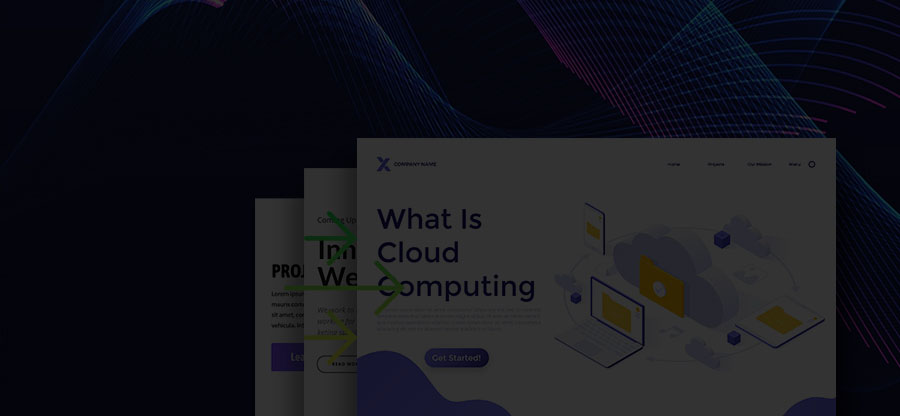Read time: 5 minutes
Microsoft introduces new SharePoint versions to make the platform more reliable and secure. If you want to get the advantage of the new collaborative feature offered by the latest SharePoint versions, you need to migrate your SharePoint version to its latest version. Microsoft recommends migrating your SharePoint based on the current version used by an organization. uses earlier versions of SharePoint- SharePoint 2007 or SharePoint 2010 and requires a proper SharePoint migration plan. In the later versions, it’s an optional task that depends on whether the user wants to update it.
If you are just beginning with SharePoint migration planning, you can use various migration tools available in the market. The migration tools will always be a great option as they can directly migrate from the initial version to the latest one. Otherwise, you can only perform the intermediate upgrade using manual methods, i.e., the migration cannot be performed directly to its latest version. For instance, if an organization is using SharePoint 2007 and want to update to SharePoint 2016, you need a temporary intermediate stop in the 2010 and 2013 versions. There is no direct migration to SharePoint 2016.
To migrate to SharePoint Online, a tool-based approach, either Microsoft in-built tool or any third-party tool, are the only method available in the market. The migration simplifies effort-intensive activities such as collaboration, file sharing, decision-making, etc. However, it requires a detailed SharePoint migration plan which will be discussed further in this article.
How to conduct a SharePoint Online migration project plan?
If an individual or any organization is just starting with SharePoint migration planning, the following actions need to be taken to ensure a smooth and effective migration process:
- Identify your business needs
SharePoint offers a wide variety of features, making it a reliable option for organizations. Before the SharePoint consideration, you must evaluate your business needs and ensure that the migration can fulfill your desired business needs. This consideration will be beneficial for making all the possible changes in the project management plans, workflow automation, and project management platforms. For the effective use of SharePoint in the organization, this planning is required as it defines the purpose of your migration and how the migration can be effective for the organization. - Put together a migration team
As migration is considered a heavy task, it can’t be managed effectively by an individual. You need to build a dedicated team for the migration process who will be responsible for implementing strategies, documentation, architecture design, and testing. - Assess your data in the existing environment
The existing infrastructure needs to be evaluated for planning the migration in your organization. It will give you a clear idea about the business inventory in your organization, and you will know which data should be removed or updated from the environment. Based on this, you can formulate the appropriate migration strategies to renovate the traditional operations of the organizations. Different factors need to be considered while planning the migration, such as Lists and Libraries, Site collection and sites, content types and site columns, retention policies, branding, pages, etc. - Organize the SharePoint architecture
While evaluating the business structure, you will get a clear idea of the business workflow and its operations. At the same time, you may find some highly disorganized areas in the organization. It would be best if you cleaned up your environment to start the migration afresh. This process can be seen as effective for restructuring the content types, templates, web parts, adjusting permissions, etc. - Prepare your destination environment
While planning the migration, you need to prepare the destination for the migration. While doing this, some points should be kept in mind that are listed below:- Creating a data backup to prevent data loss.
- Configuring web application
- Running a test migration
- Testing the restore
- Mapping out a metadata plan for your content
- Optimizing server performance
- Phase-wise migration plan
The migration should be performed in phases as it helps the teams to get a clear idea about the challenges. By this, you can also avoid glitches when you migrate from the old version to the new one. While you perform phase-wise migration, some points should be kept in mind that are listed below:
- Backing up data to avoid data loss.
- Configuring user profiles and permissions.
- Setting your previous database to read-only.
- Using the SharePoint data migration tool to make the migration process more efficient.
- Post-Migration testing
To accomplish a smooth migration, testing should be done properly to remove any bugs or fix unexpected issues that may occur during the migration process. While performing the testing, you need to perform various actions that are listed below:- Test Workflows and permissions
- Verify query performance
- Ensure the successful data migration
- Test UI and user experience
Conclusion
The migration of SharePoint is a complex and heavy task; hence, it is recommended to take sufficient time to plan your migration before considering it for your organization. Here, we list all the major points that need to be focused on while you are planning the migration. The things must be done properly because the chances of mistakes can affect the growth of the organization. To ensure this, you must use various migration tools to make the migration process smooth and efficient.
You can use an innovative tool named Kernel Migration for SharePoint for the migration process. It can be the best fit for all your needs as it can add multiple SharePoint sites in one go. In addition, it provides various features which make it unique from other available options such as Automatic Migration, Tenant to Tenant Migration, Google Drive Data Migration, Bulk Migration, etc.







